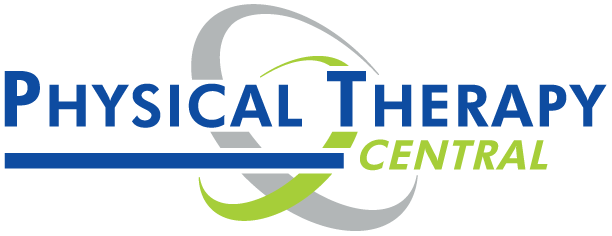Concussions
Headaches are one of the most common reasons that people see their primary care physician and they account for 20% of outpatient visits to neurologists.
Individuals who experience chronic—or long-lasting—headaches often report debilitating symptoms that can disrupt everyday life. Sustaining multiple concussions can further amplify these issues. With an overload of conflicting information available online, it can be difficult to know the right steps to take when dealing with a concussion.
According to the 2016 Health of America Report by Blue Cross Blue Shield, concussion rates among adolescents aged 10 to 19 increased by an alarming 71% between 2010 and 2015. Among girls, the rate surged by 119%, although boys were diagnosed with nearly twice as many concussions overall. While sports-related injuries account for 30% of these cases in teens, the majority—70%—are linked to falls, vehicle collisions, or blunt force trauma.
How Can I Tell If I Have a Concussion?
One of the main difficulties in identifying a concussion is that symptoms don’t always present right away. Some individuals experience them immediately, while others may not notice signs until hours—or even days—later.
Symptoms can differ widely from one person to the next, but common indicators include:
- Headache
- Ringing in the ears
- Nausea
- Vomiting
- Fatigue or excessive sleepiness
- Blurred vision
- Feeling dazed or mentally foggy
- Memory loss surrounding the incident
- Dizziness or a sensation of "seeing stars"
I’ve Been Diagnosed With a Concussion—What Now?
Despite increased public awareness, 80% of Americans remain unaware that concussions are treatable or don’t know the proper steps to manage recovery.
Historically, treatment protocols advised complete rest, reduced exposure to light and noise, and avoiding physical activity. However, those recommendations were largely based on research published back in 1968 in The Journal of Bone & Joint Surgery.
Current guidelines, shaped by a more recent April 2017 study featured in the British Journal of Sports Medicine, suggest a different approach:
- Extended bed rest is no longer recommended—gradual and controlled return to physical activity is encouraged.
- Activities like reading, using digital devices, and texting are considered acceptable.
- Resuming school and engaging in cognitive tasks is supported.
- ImPACT Testing is not a reliable tool for determining readiness to return to sports or daily routines.

